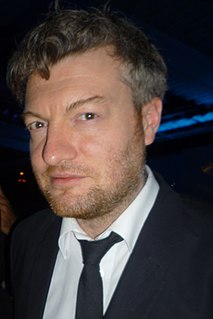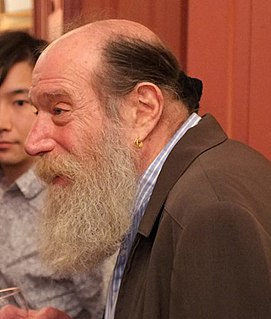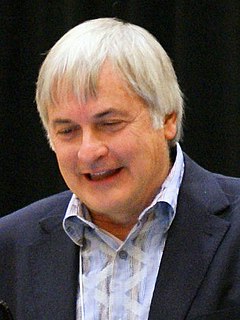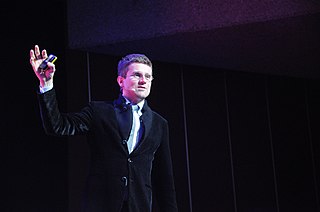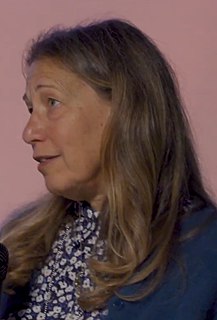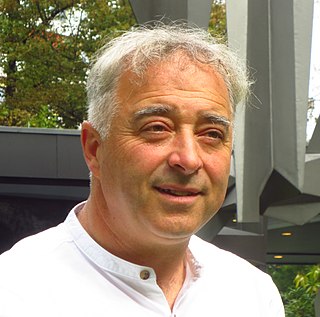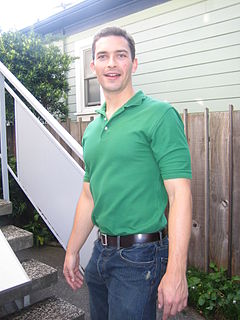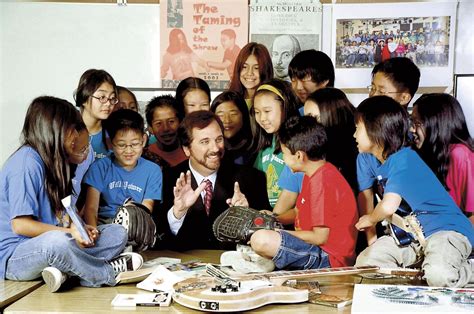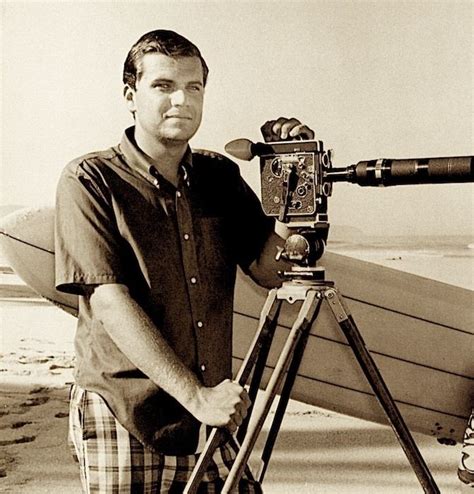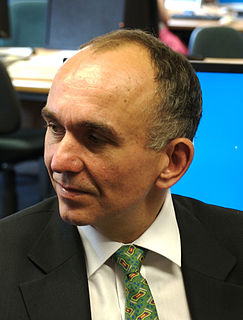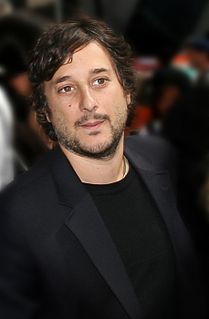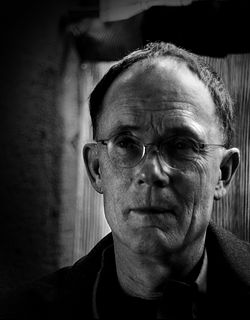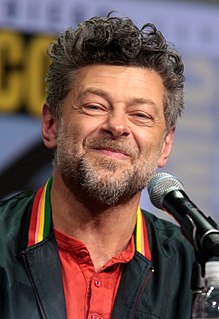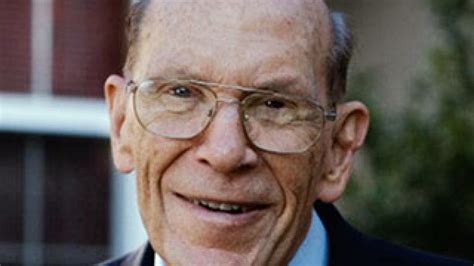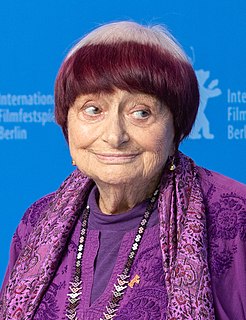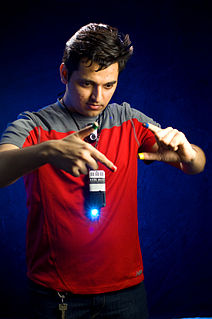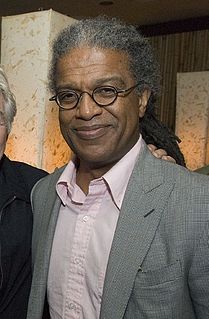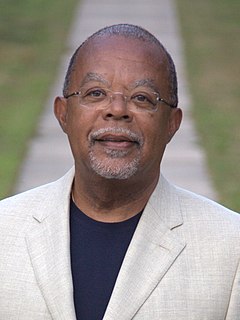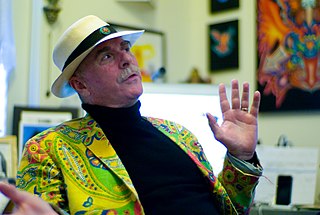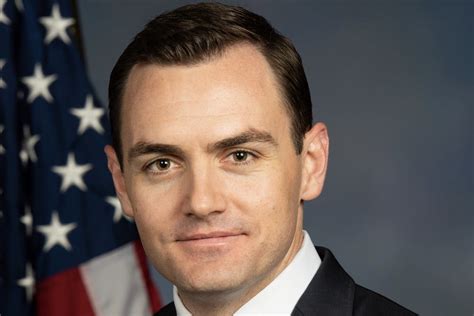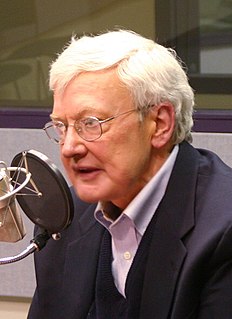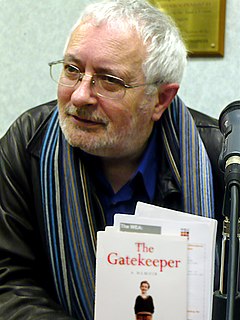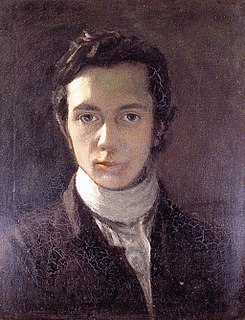A Quote by Charlie Brooker
Society? Can we trust us? Doubt it. We're probably not even real, as was revealed in the popular documentary The Matrix. That bloke next door? Made of pixels. Your co-workers? Pixels. You? One pixel. One measly pixel. You haven't even got shoes, for Christ's sake.
Related Quotes
In the digital world we live in, there is no pixel who thinks they're better than any other pixel. And there is no pixel that will not work with another pixel to produce something. And when two pixels come together and have children, they'll place any attention to what the color is and nobody says anything.
People say graphic design is so different now, because you have so many more pixels and colors to work with... But when you study art history, you see there's just nothing new under the sun. Mosaics and needlework, it's all analogous to pixel and bitmap art. And with it all, good design's not about what medium you're working in, it's about thinking hard about what you want to do and what you have to work with before you start.
There are more stars than there are people. Billions, Alan had said, and millions of them might have planets just as good as ours. Ever since I can remember, I’ve felt too big. But now I felt small. Too small. Too small to count. Every star is massive, but there are so many of them. How could anyone care about one star when there were so many spare? And what if stars were small? What if all the stars were just pixels? And earth was less than a pixel? What does that make us? And what does that make me? Not even dust. I felt tiny. For the first time in my life I felt too small.
The other big factor in building trust quickly is site design quality. Mint.com has one of the best graphic designers ever (Jason Putorti) - he cares about every pixel, all the fonts, all the transparencies and effects. And that shows instantly. People do make judgments of trust on appearance - in the real world and online.
Most of us have participated in the trust exercise in which one person falls back and is caught by a peer. Even if the catch is made a hundred times in a row, the trust is broken forever if the friend lets you fall the next time as a joke. Even if he swears he is sorry and will never let you fall again, you can never fall back without a seed of doubt.
Grain isn't structured like a screen door that you're looking through, but pixels are. Film-based grain is just all over the place, one frame totally different from the next. So your edges are coolly sharp and have a different feeling, an organic feeling rather than this mechanic feeling you get with digital.
Home. Home was BAMA, the Sprawl, the Boston-Atlanta Metropolitan Axis. Program a map to display frequency of data exchange, every thousand megabytes a single pixel on a very large screen. Manhattan and Atlanta burn solid white. Then they start to pulse, the rate of traffic threatening to overload your simulation. Your map is about to go nova. Cool it down. Up your scale. Each pixel a million megabytes. At a hundred million megabytes per second, you begin to make out certain blocks in midtown Manhattan, outlines of hundred-year-old industrial parks ringing the old core of Atlanta.
... we did decide to trust Christ, but the reason we made that decision is that God had first made us spiritually alive. ... God comes to us when we're spiritually dead, when we don't even realize our condition, and gives us the spiritual ability to see our plight and to see the solution in Christ. God comes all the way, not partway, to meet us in our need. When we were dead, He made us alive in Christ. And the first act of that new life is to turn in faith to Jesus.
